Gibbs Free Energy Problems Worksheet
Are you a student studying thermodynamics or a chemistry enthusiast looking to sharpen your skills? Look no further! In this blog post, we will explore the concept of Gibbs Free Energy and provide you with a useful Gibbs Free Energy Problems Worksheet to help you practice and understand this important topic.
Table of Images 👆
More Energy Worksheets
Light and Heat Energy WorksheetsTypes of Energy Transfer Worksheet
Energy Light Heat Sound Worksheets
3 Forms of Energy Worksheets
Energy Worksheets for Third Grade
What is Gibbs free energy?
Gibbs free energy is a thermodynamic potential that measures the maximum reversible work that can be performed by a system at constant temperature and pressure. It takes into account both the enthalpy (heat content) and entropy (disorder) of a system, and is used to determine the spontaneity and equilibrium of a chemical reaction. A negative Gibbs free energy indicates that a reaction is spontaneous and can proceed without external intervention, while a positive value indicates a non-spontaneous reaction.
How is Gibbs free energy related to the spontaneity of a reaction?
Gibbs free energy is a thermodynamic potential that measures the maximum reversible work that may be performed by a system at constant temperature and pressure. A negative value for Gibbs free energy indicates that a reaction is spontaneous, meaning it can occur without the need for external intervention. In other words, if the Gibbs free energy of a reaction is negative, the reaction will proceed in the forward direction spontaneously.
How is Gibbs free energy calculated?
Gibbs free energy (?G) is calculated using the equation ?G = ?H - T?S, where ?H is the change in enthalpy, T is the temperature in Kelvin, and ?S is the change in entropy. This equation provides a measure of whether a reaction is spontaneous (?G < 0), non-spontaneous (?G > 0), or at equilibrium (?G = 0), based on the enthalpy and entropy changes that occur during the process.
What does a negative Gibbs free energy value indicate?
A negative Gibbs free energy value indicates that a reaction is spontaneous and will proceed in the forward direction under the given conditions. This means that the reaction releases energy and is thermodynamically favorable.
What does a positive Gibbs free energy value indicate?
A positive Gibbs free energy value indicates that a reaction is non-spontaneous under the given conditions, meaning that the reaction will not proceed without the input of external energy. This suggests that the system prefers to remain in its initial state rather than progressing towards the products.
How does temperature affect Gibbs free energy?
Temperature affects Gibbs free energy by influencing the enthalpy and entropy components of the equation. As temperature increases, the entropic contribution (T?S) becomes more significant, potentially leading to changes in the sign and magnitude of the Gibbs free energy according to the equation ?G = ?H - T?S. The relationship between temperature and Gibbs free energy is crucial in determining the spontaneity and direction of chemical reactions, as well as the equilibrium state of a system.
How does pressure affect Gibbs free energy?
Pressure affects Gibbs free energy through the volume term in the equation for Gibbs free energy. The equation includes the pressure multiplied by the change in volume of the system, which determines how the Gibbs free energy changes with pressure. As pressure increases, the volume of the system decreases, leading to a change in Gibbs free energy.
How can Gibbs free energy be used to predict the equilibrium constant of a reaction?
The Gibbs free energy can be used to predict the equilibrium constant of a reaction through the equation ?G� = -RT ln(K), where ?G� is the standard Gibbs free energy change for the reaction, R is the gas constant, T is the temperature in Kelvin, ln is the natural logarithm, and K is the equilibrium constant. By knowing the standard Gibbs free energy change for a reaction, one can calculate the equilibrium constant at a particular temperature, allowing for predictions of reaction spontaneity and position of equilibrium.
How can Gibbs free energy be used to determine the conditions under which a reaction becomes spontaneous?
Gibbs free energy is used to determine the spontaneity of a reaction by calculating the difference between the enthalpy change (?H) and the entropy change (?S) of the system, through the equation ?G = ?H - T?S where T is the temperature in Kelvin. A reaction is spontaneous when ?G is negative, indicating that the products have lower free energy than the reactants and the reaction can occur without external assistance. By calculating the Gibbs free energy change, one can predict the conditions, such as temperature and pressure, under which a reaction will be spontaneous.
How can Gibbs free energy be applied to industrial processes and chemical engineering?
In industrial processes and chemical engineering, Gibbs free energy is crucial for determining the feasibility and direction of chemical reactions. By calculating the change in Gibbs free energy (?G) of a reaction, engineers can predict if a reaction will occur spontaneously or not. This is essential for optimizing processes such as refining, synthesis of chemicals, and energy production. By utilizing Gibbs free energy, engineers can design efficient processes, control reaction conditions, and maximize the yield of desired products, ultimately improving the overall efficiency and cost-effectiveness of industrial operations in chemical engineering.
Have something to share?
Who is Worksheeto?
At Worksheeto, we are committed to delivering an extensive and varied portfolio of superior quality worksheets, designed to address the educational demands of students, educators, and parents.

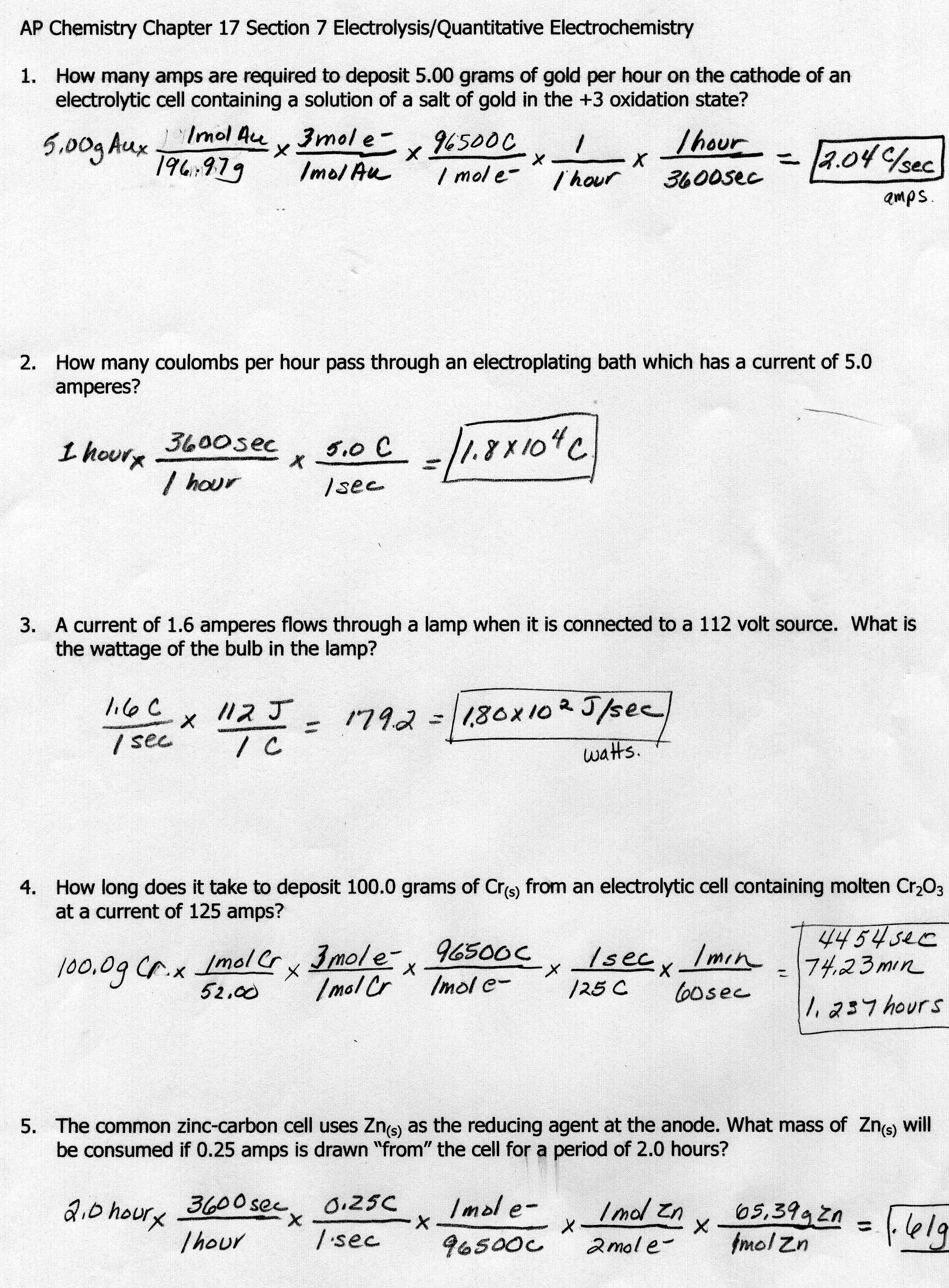



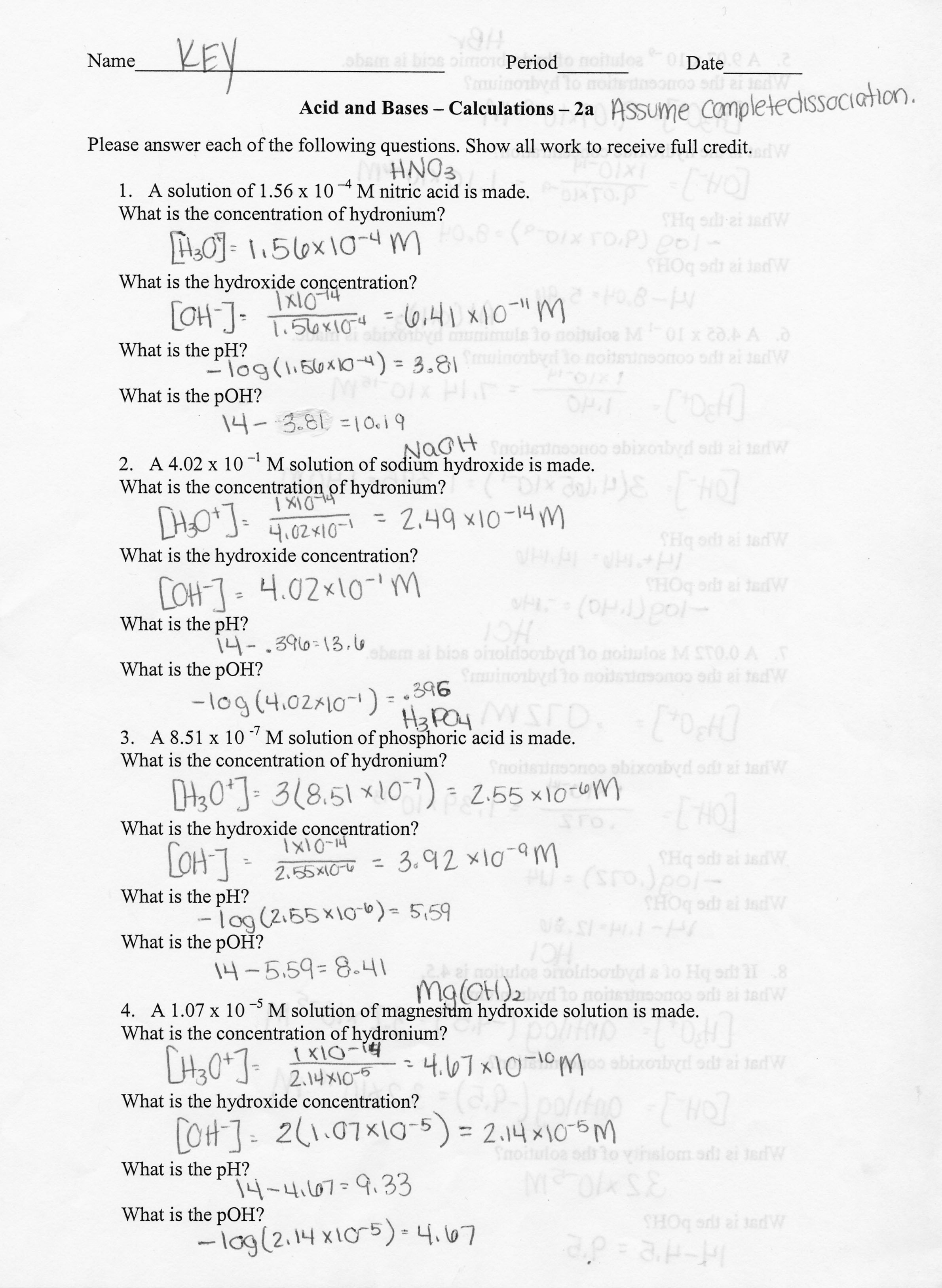
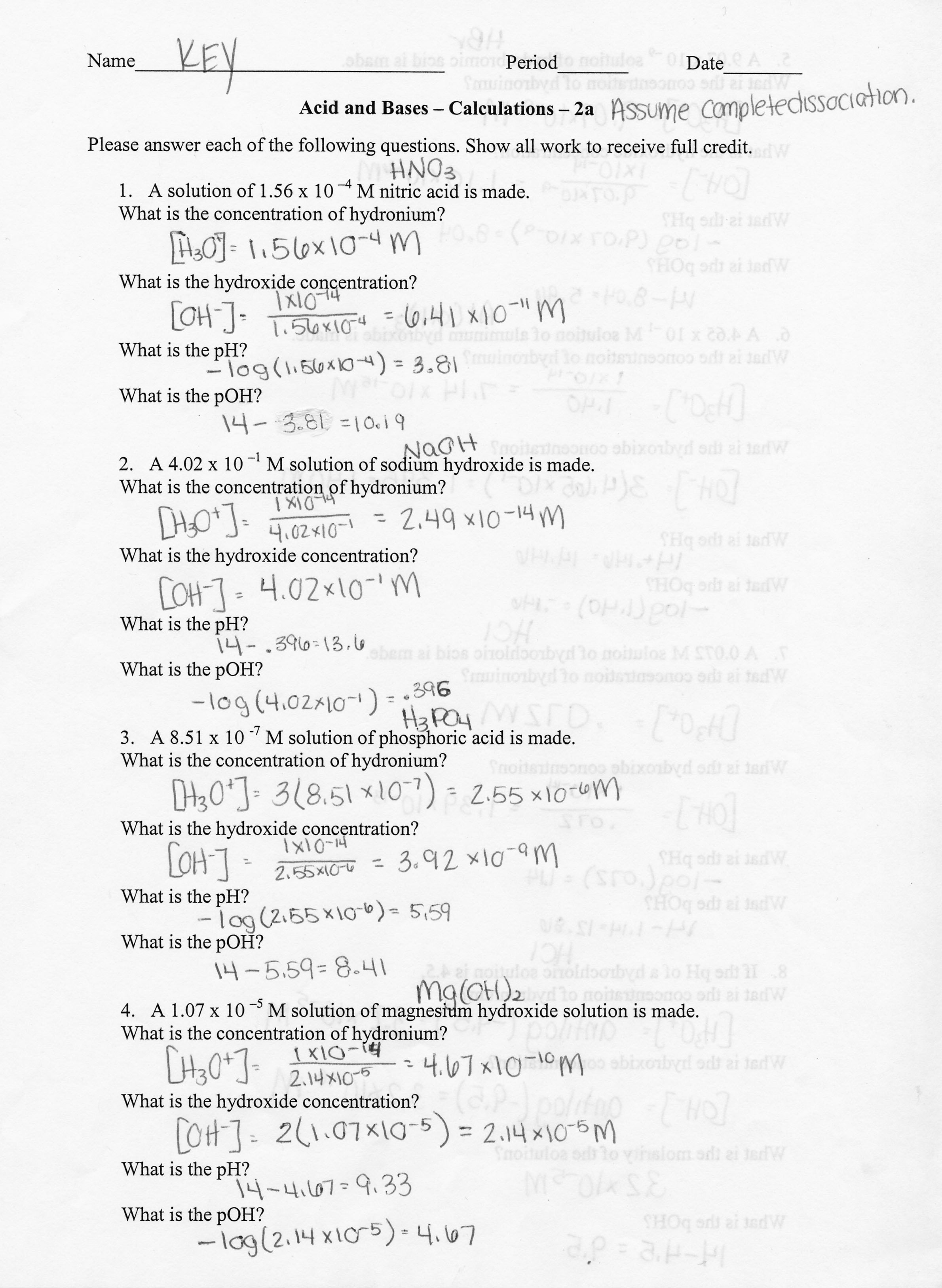
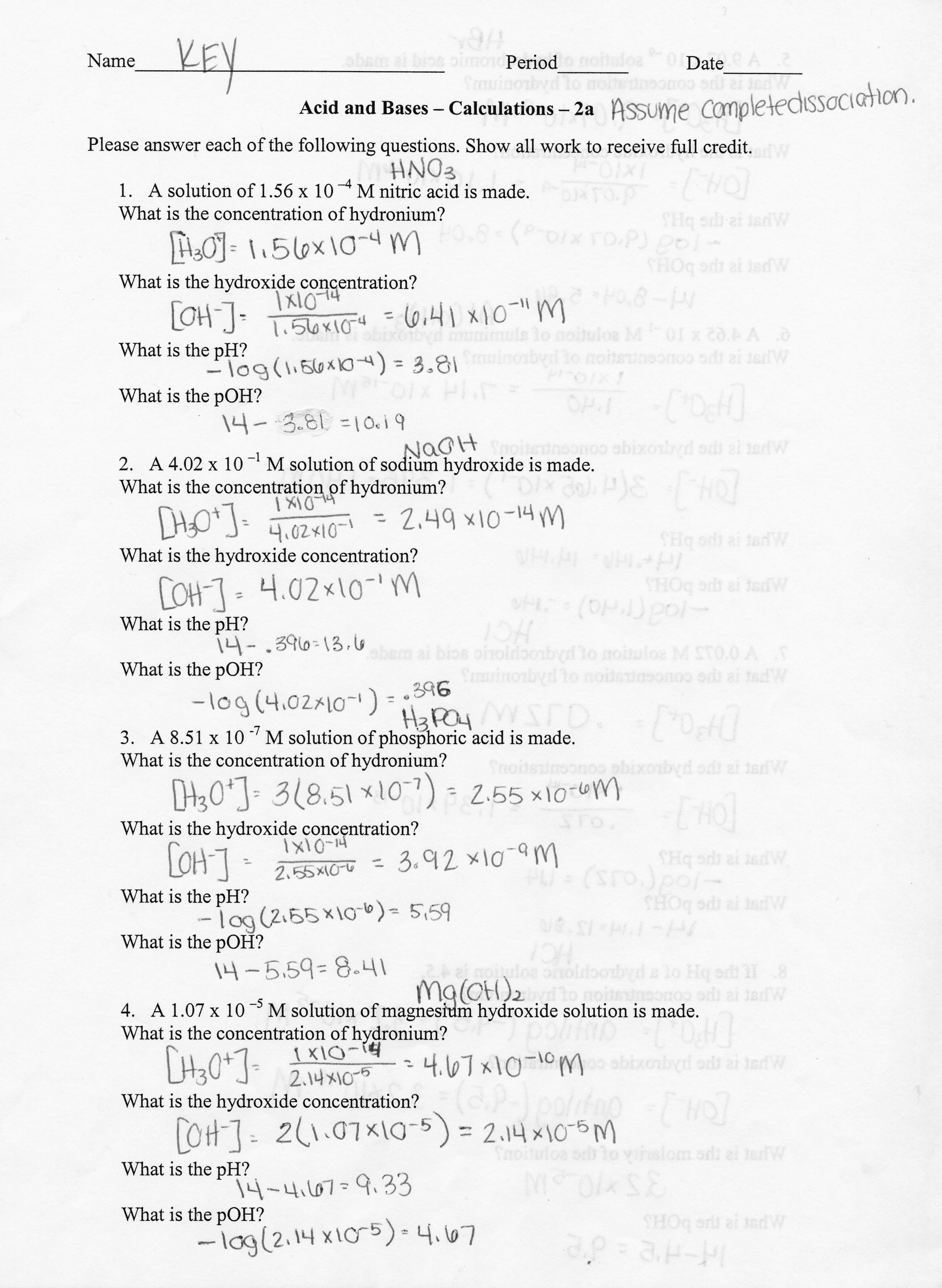
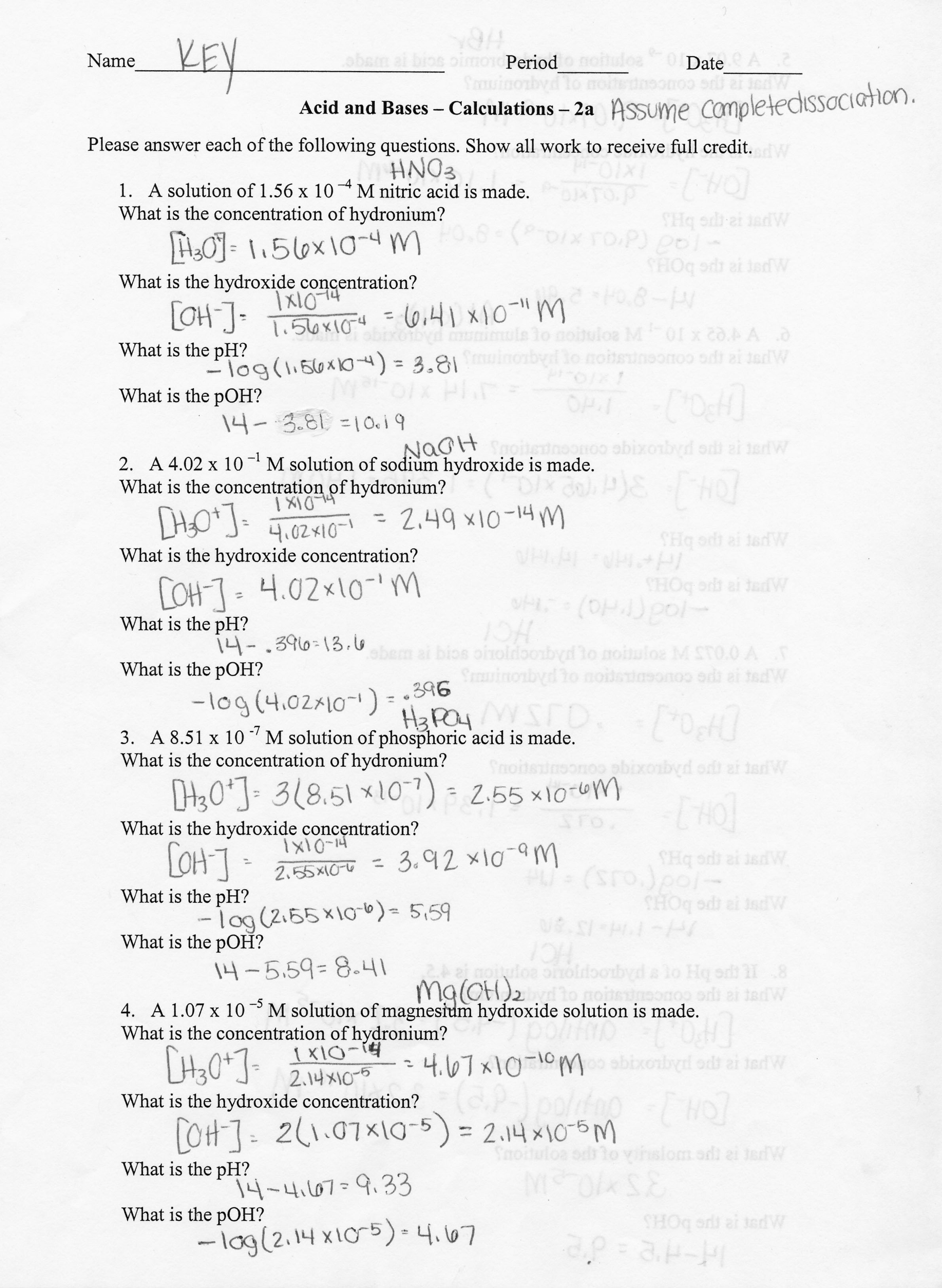
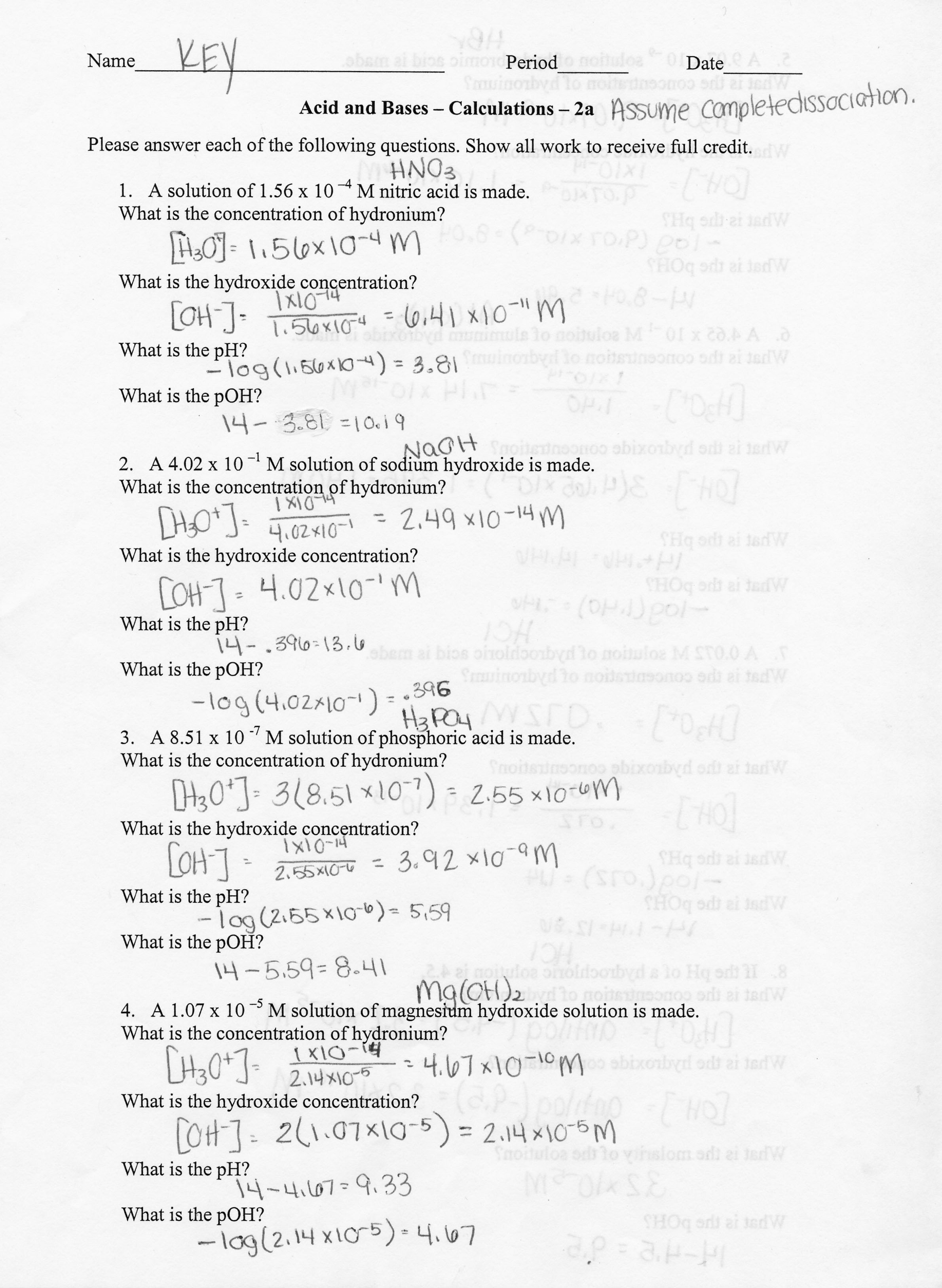
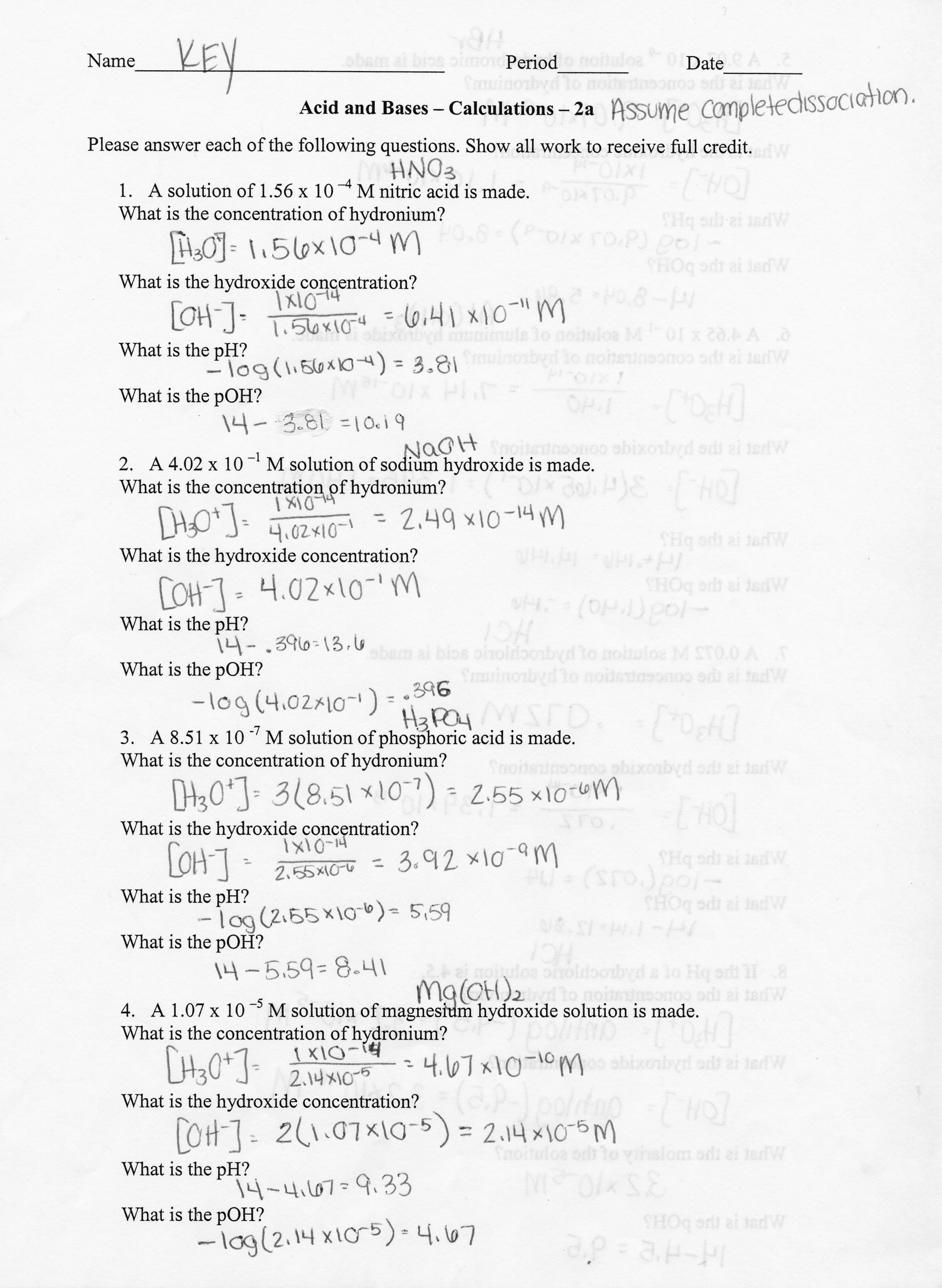
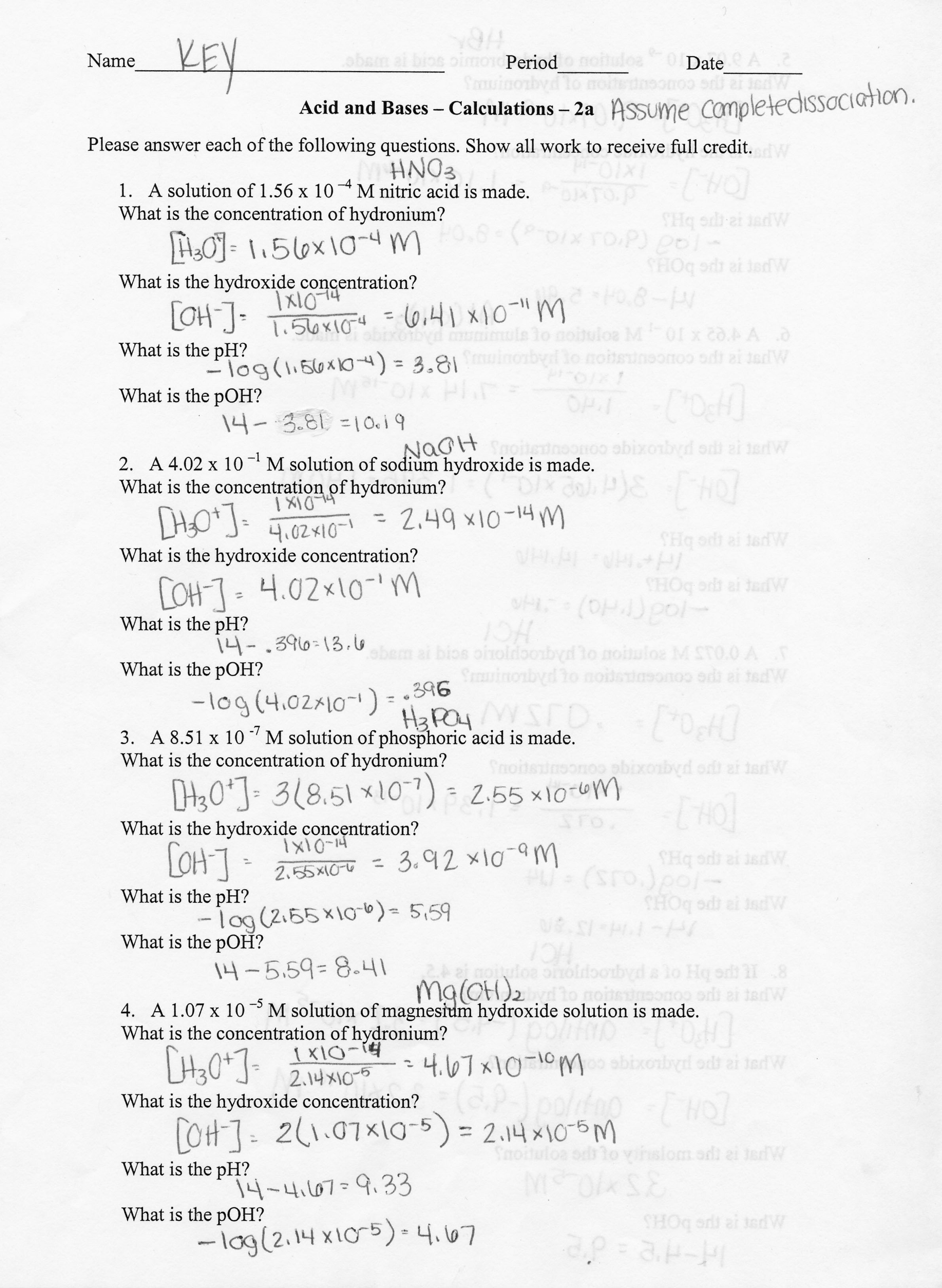
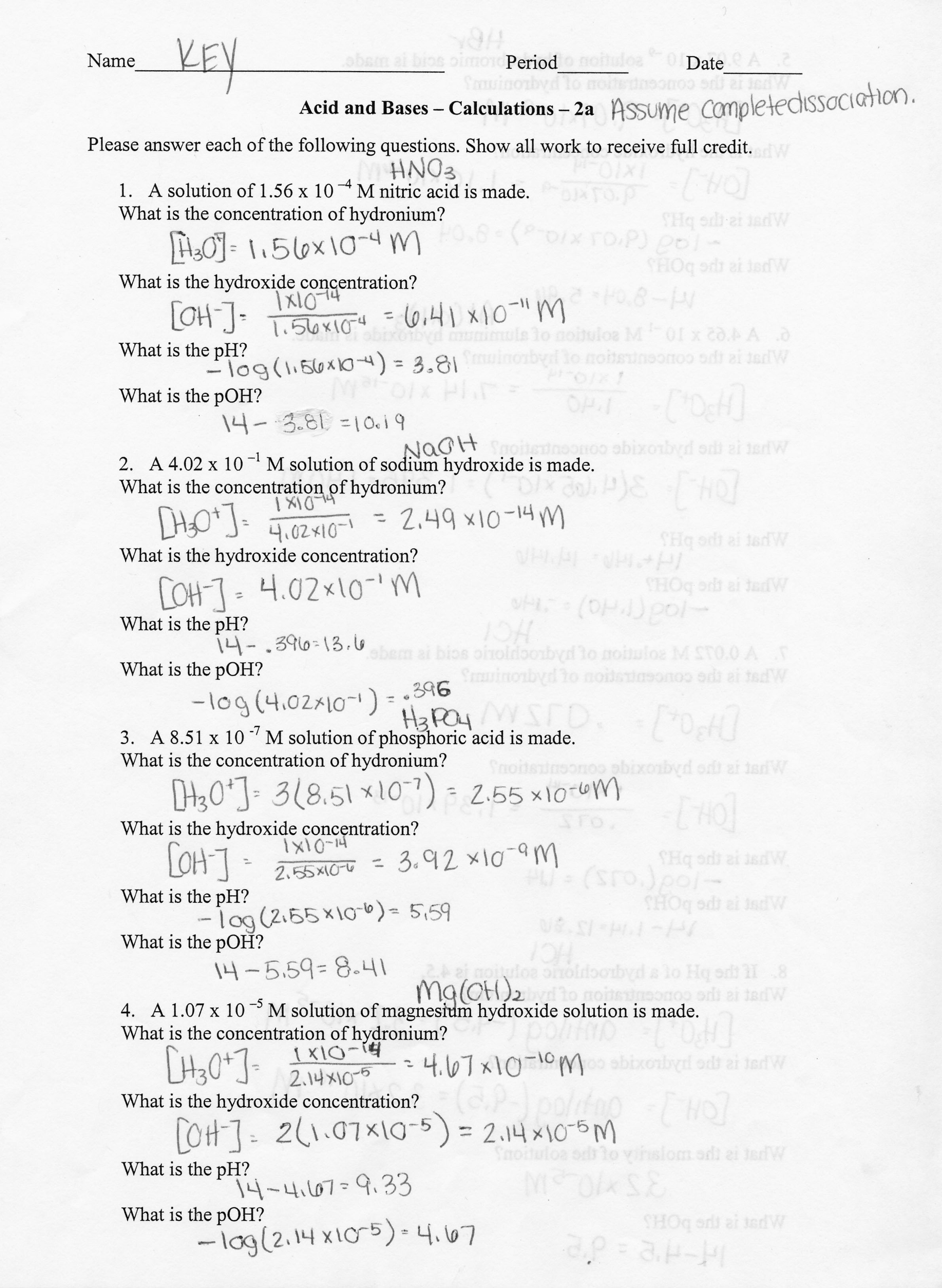
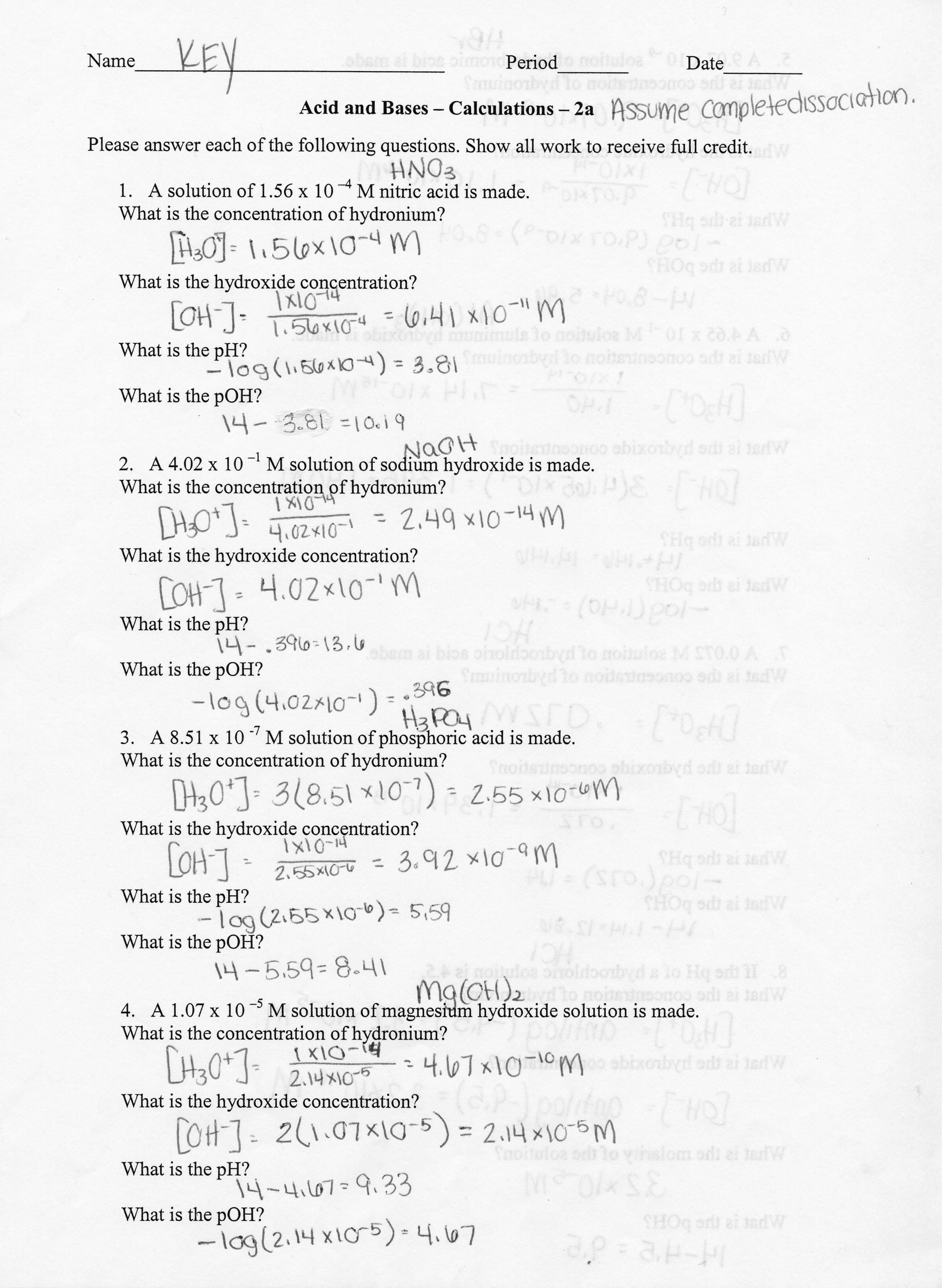

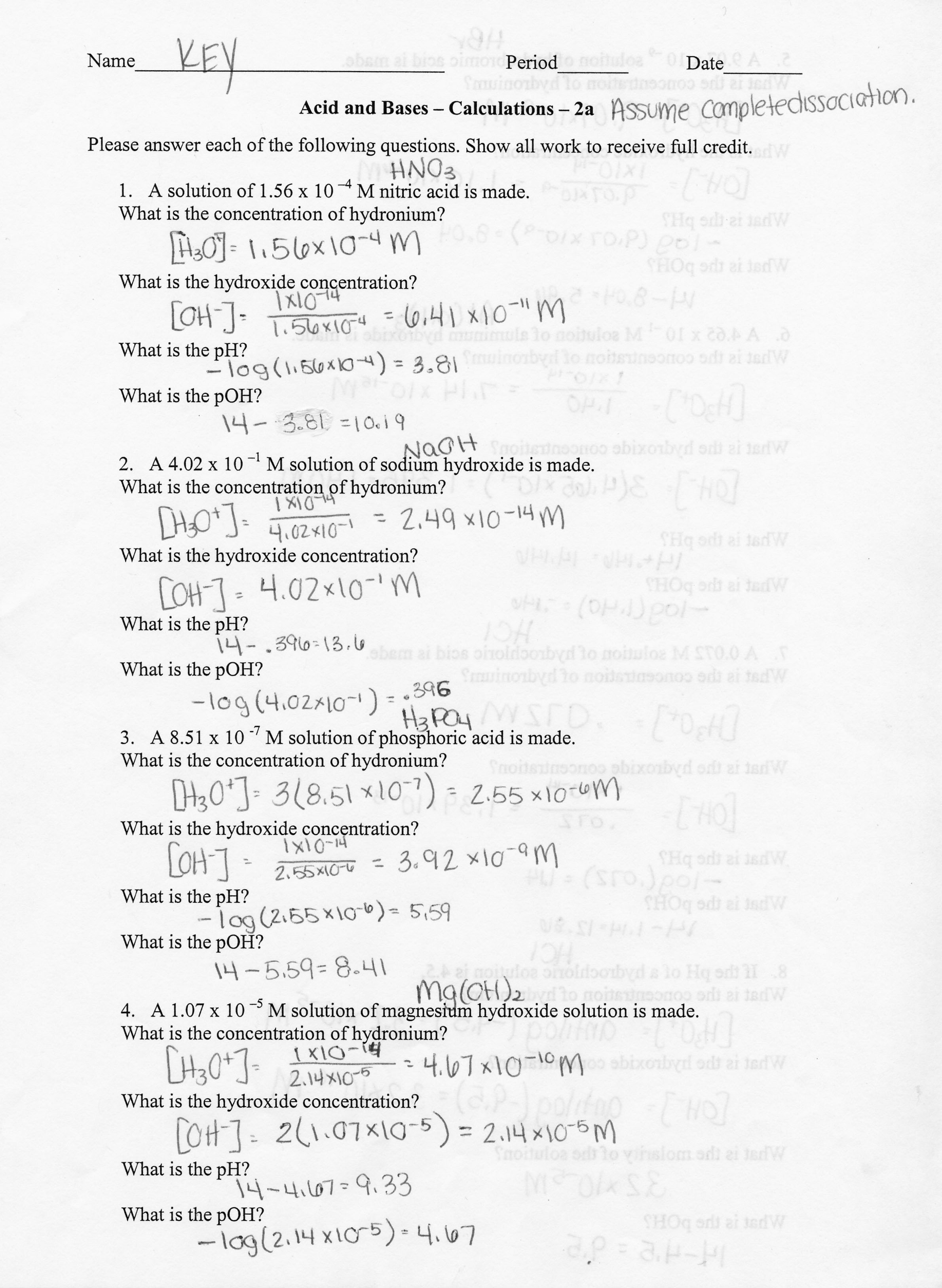
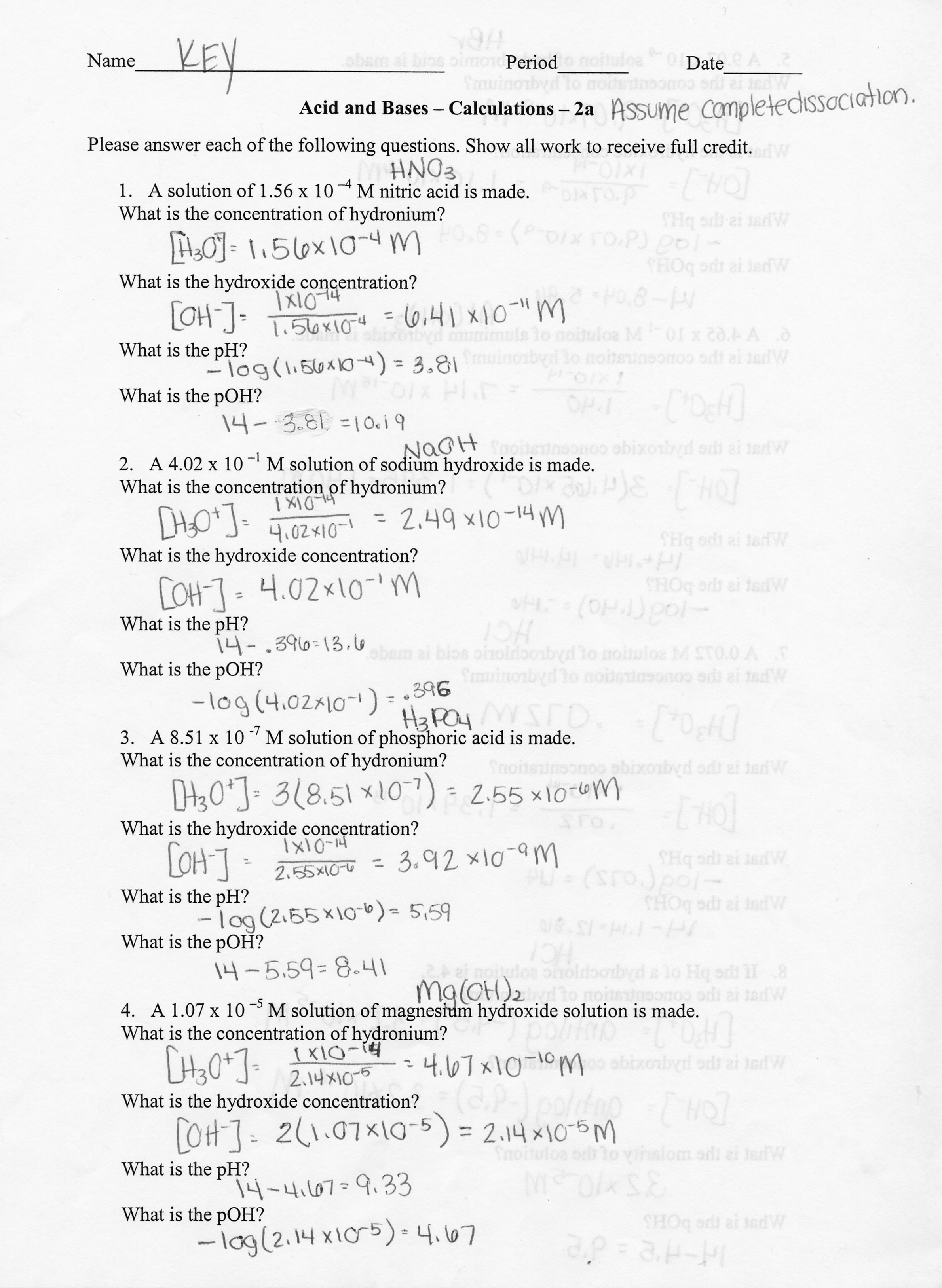
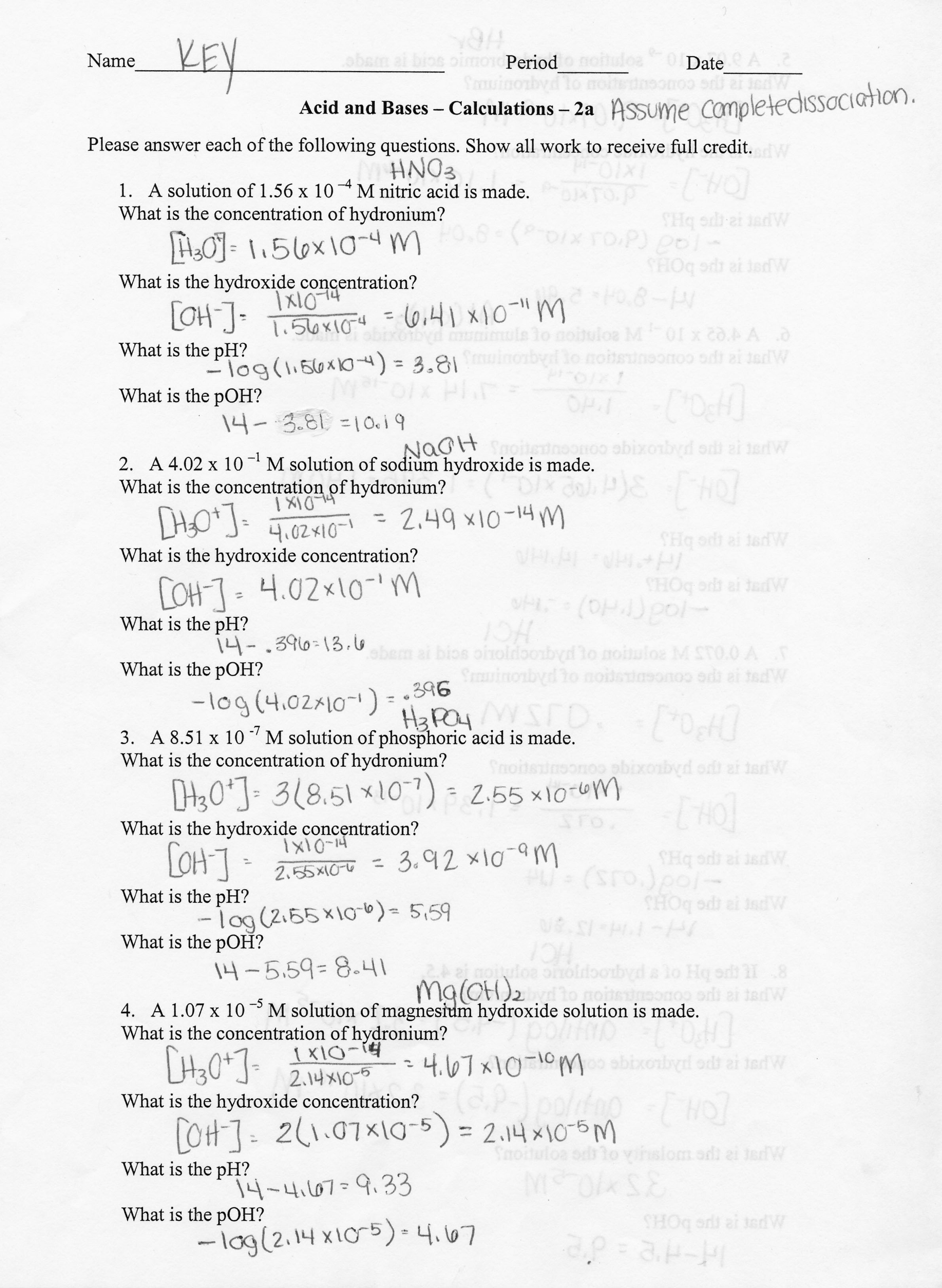
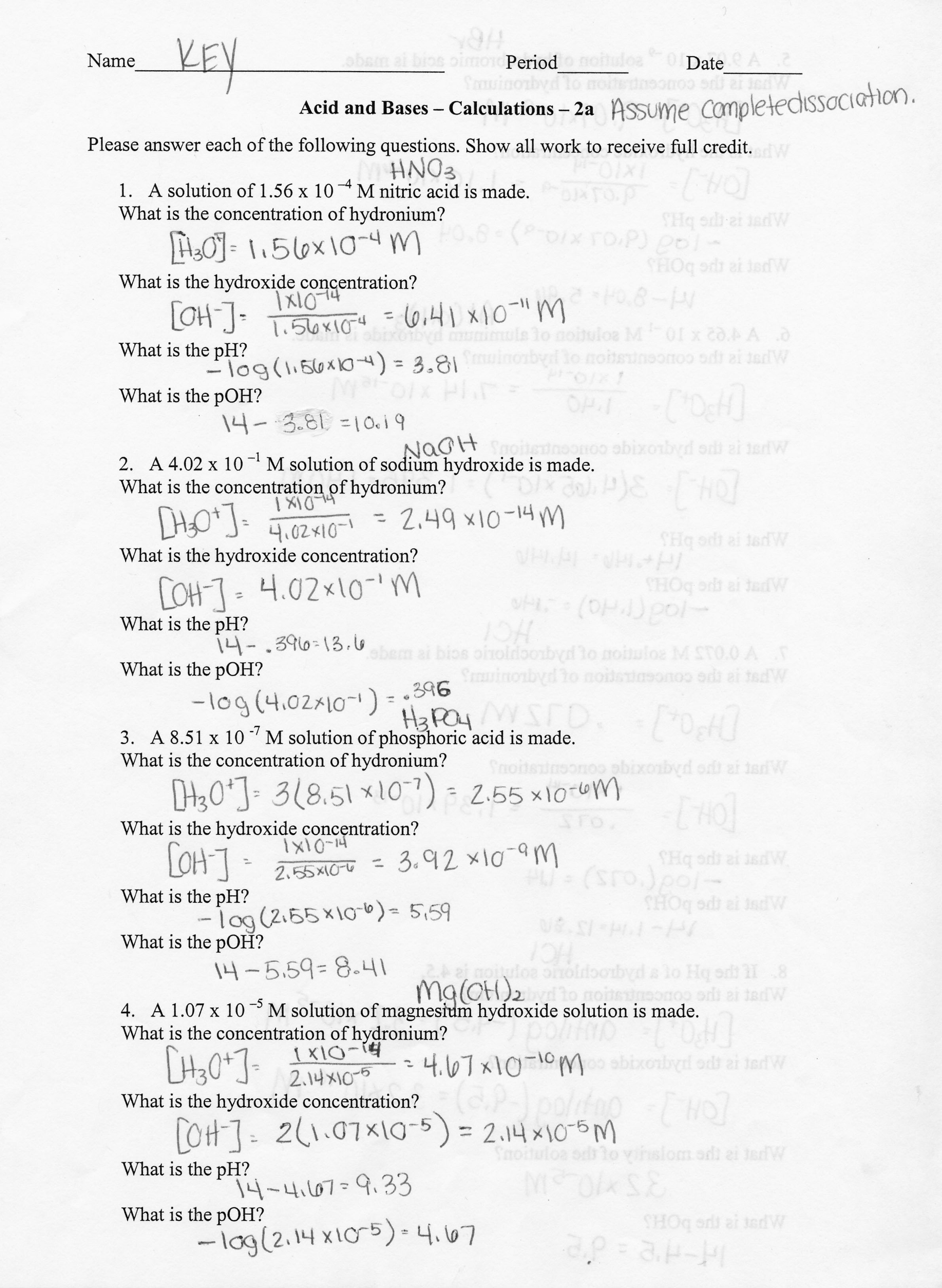
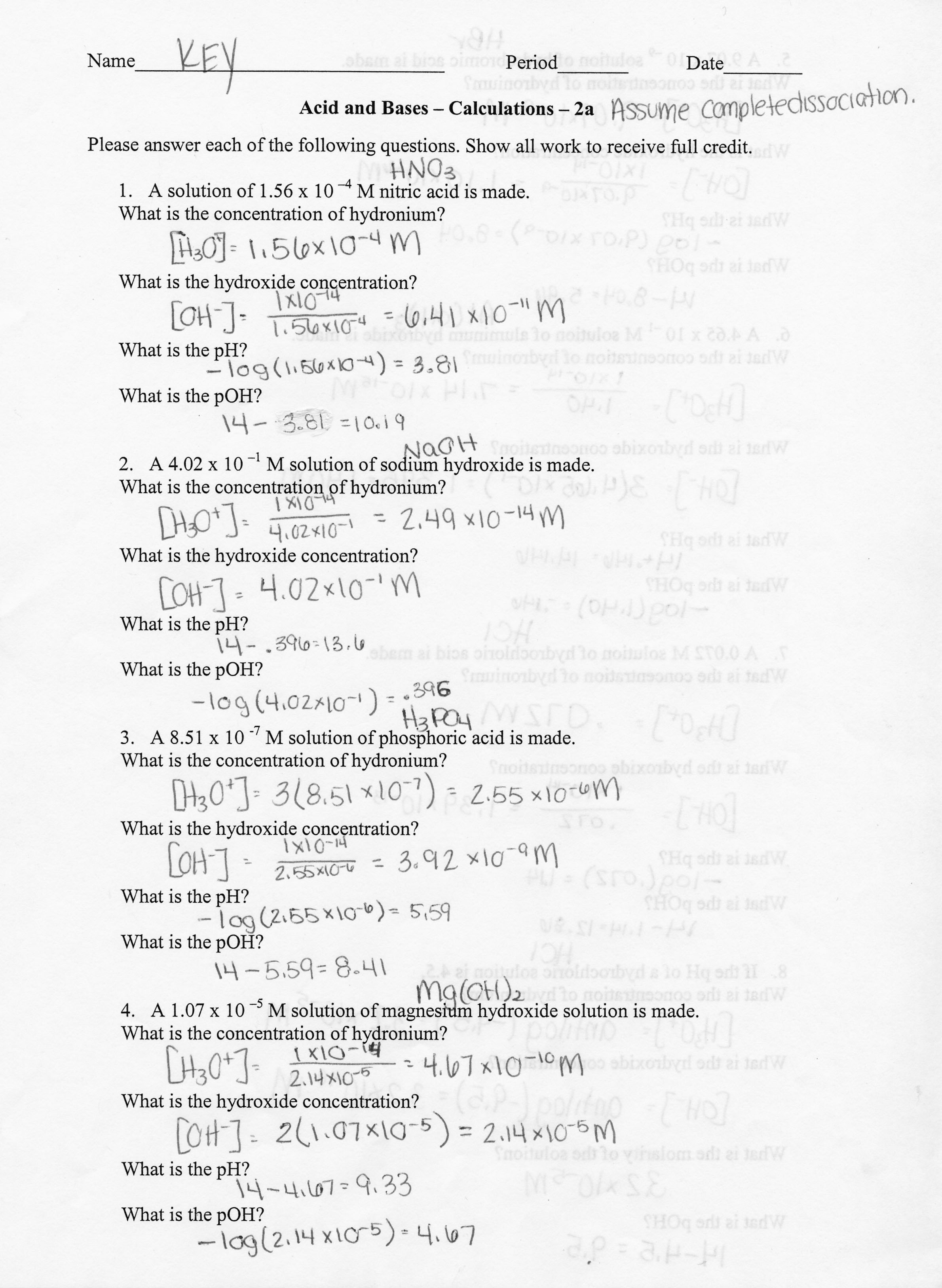
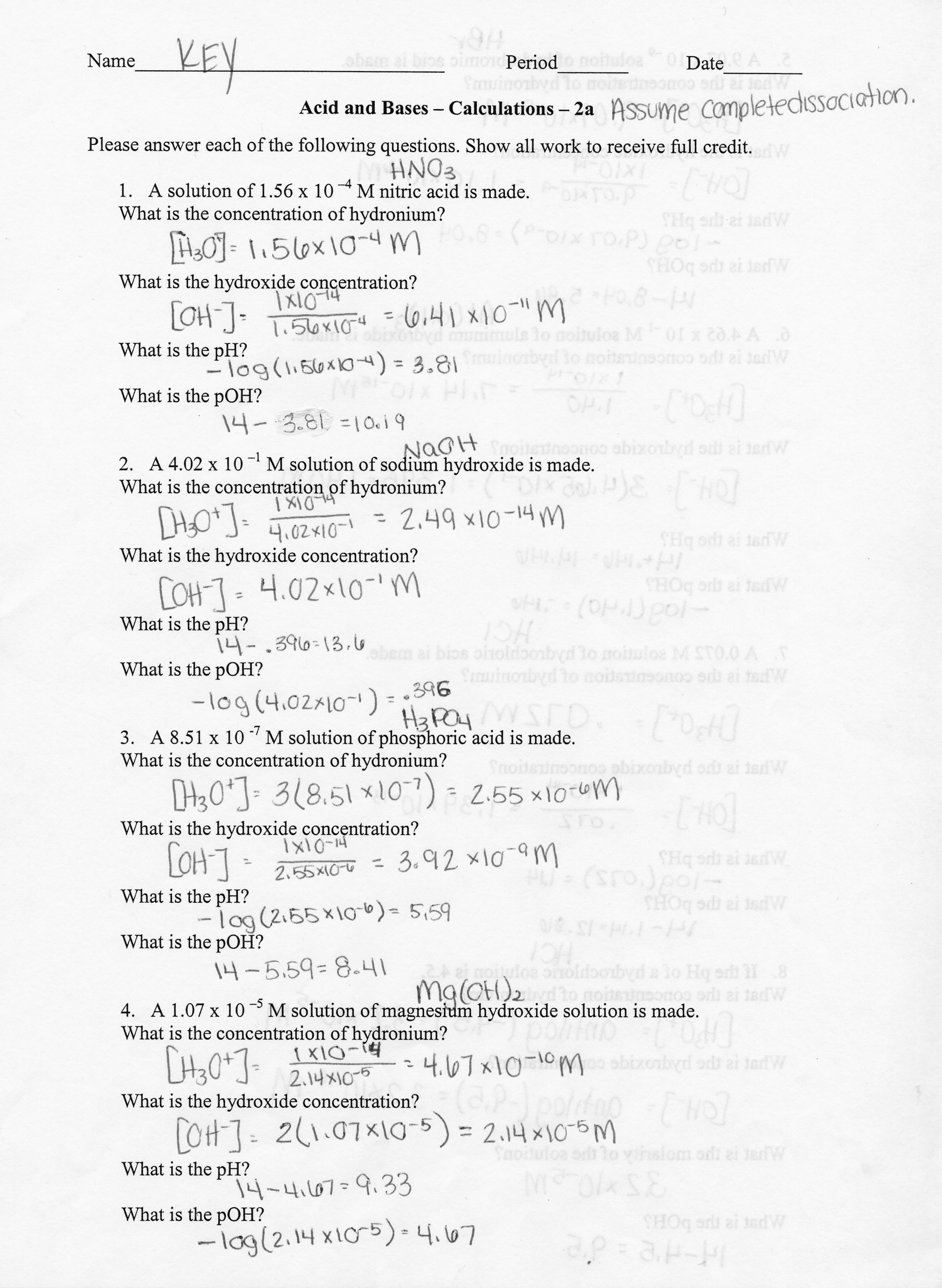
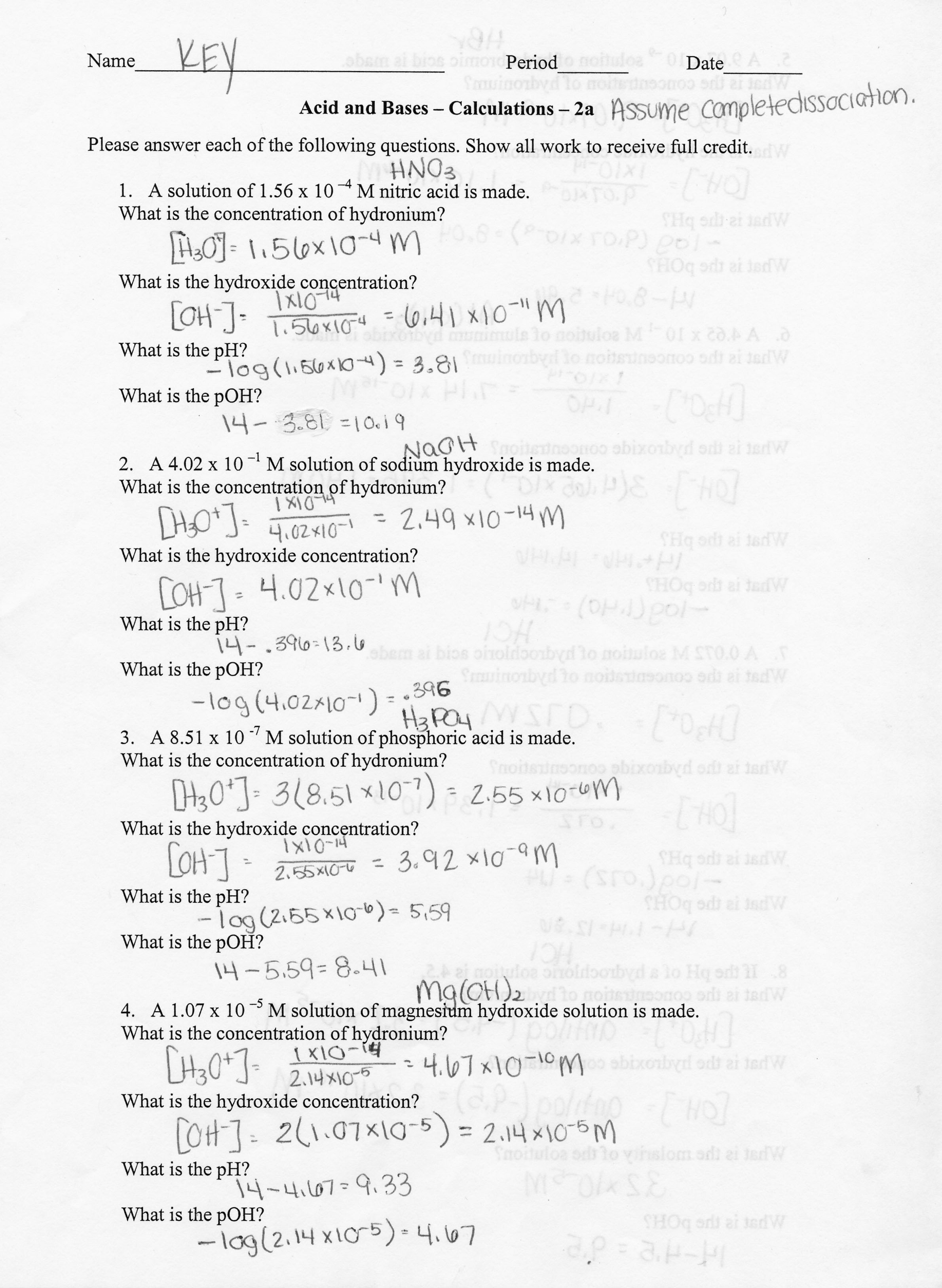
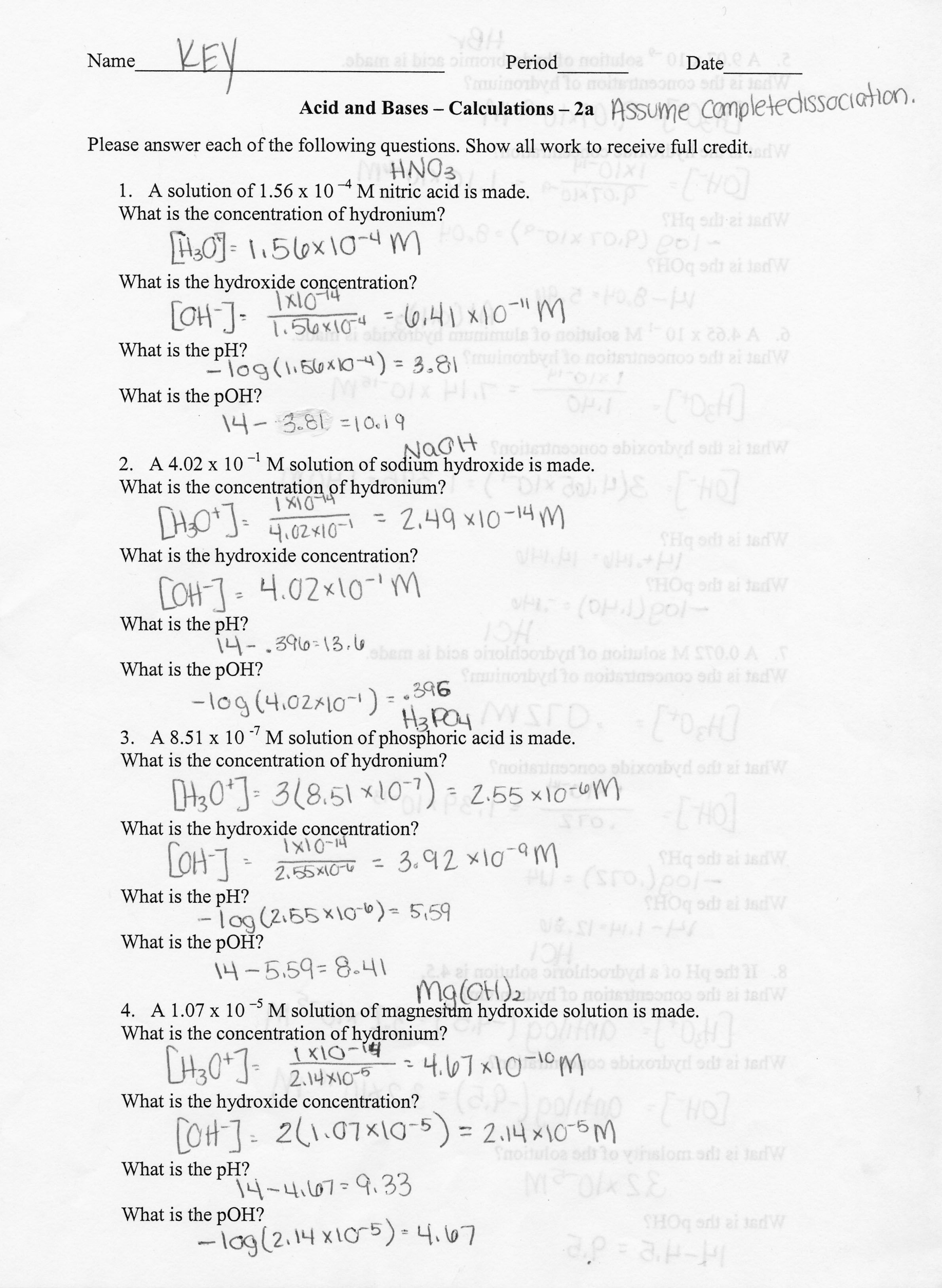













Comments